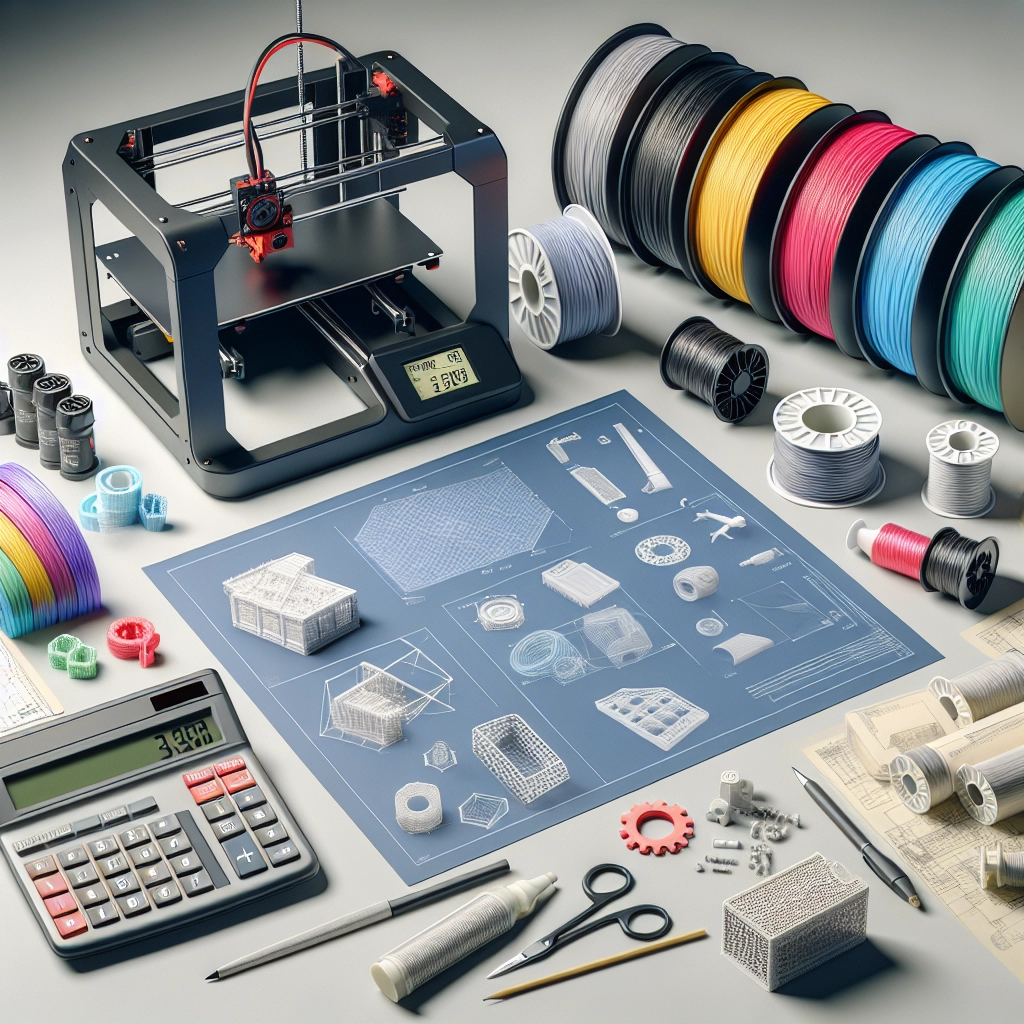Understanding the Cost of 3D Printing: Budgeting for Your Projects
3D printing has transformed from a niche hobby for tech enthusiasts into an accessible, versatile tool for creators across numerous fields. Whether you’re a passionate DIYer looking to bring your imaginative ideas to life or a small business owner wanting to create prototypes, budgeting for your 3D printing projects is essential to ensure that your venture remains financially sustainable. If you’re wondering how to navigate the costs associated with 3D printing, then you’ve come to the right place!
Initial Setup Costs
Before you even print your first object, let’s talk about the initial investments. 3D printers come in a range of prices, from a few hundred to thousands of dollars, depending on their capabilities. As a general rule of thumb, entry-level printers are sufficient for casual users and hobbyists, while more advanced machines are geared toward professionals and businesses.
In addition to the printer itself, you might need other essential equipment. A computer or laptop with compatible software is crucial, and while many printers come with the software needed, sometimes additional programs can enhance your design capabilities. Don’t forget about upgrades! A quality printer might require a few extra bucks for better nozzles, cooling fans, or print beds to ensure that you can achieve the best results.
Material Costs
Once you’ve got your printer set up, the next big expense comes from the materials used for printing. Different types of materials can dramatically affect your budget, depending on the goals of your project.
-
Filaments: For FDM (Fused Deposition Modeling) printers—one of the most common types—you’ll primarily use filaments made from materials like PLA or ABS. PLA is inexpensive, costing around $20 to $30 per kilogram and is perfect for beginner projects. ABS has similar pricing but requires a bit more consideration for ventilation since it can emit fumes during printing.
-
Resin: If you’re into SLA (Stereolithography) printing, the costs of resin can vary widely—from $30 to $100 per liter. SLA printing offers higher detail and is amazing for intricate designs, but it can get quite pricey!
-
Specialty Materials: If your project requires specific materials like nylon, PETG, or flexible filaments, keep in mind that specialty filaments can cost significantly more. Budgeting for these materials is important, especially if you plan on running multiple tests or iterations of a design.
Post-Processing Expenses
Most 3D prints require some form of post-processing to achieve a finished look. This might include sanding, painting, or assembling various parts. You may need to budget for tools like sanders, paintbrushes, and different types of glue. If you’re into the idea of spray painting your creations, don’t forget about the costs of paint and any protective finishes to give your 3D print that professional touch!
Energy Consumption
Don’t overlook the energy costs associated with running your printer. A standard 3D printer consumes about 50 to 250 watts per hour, depending on its size and technology. While this might not be significant for a single print, it can add up, particularly if you’ve got lengthy print jobs or multiple pieces on the go. Factor in a small amount for each print’s energy consumption into your overall budget; it all adds up!
Maintenance and Repairs
Like any piece of equipment, your 3D printer will need regular maintenance to keep things running smoothly. Budget for things like cleaning supplies for the print bed and nozzle, lubricants for moving parts, and perhaps even spare parts or upgrades down the line. It’s best to include a “maintenance fund” in your budget so you’re prepared for any unexpected repairs that may arise.
Conclusion: Planning for Success
With all of these cost considerations in mind, creating a realistic budget for your 3D printing projects can seem daunting at first—but it’s entirely achievable with the right approach! Do some research to compare prices, understand the capabilities you’ll need from your printer, and always account for those unexpected expenses.
By taking the time to map out your budget, you’ll be setting yourself up for success—allowing you to focus on the fun part: creating amazing, one-of-a-kind prints! Embrace the learning curve, enjoy the creative process, and let your imagination run wild without the weight of financial stress. Happy printing!

